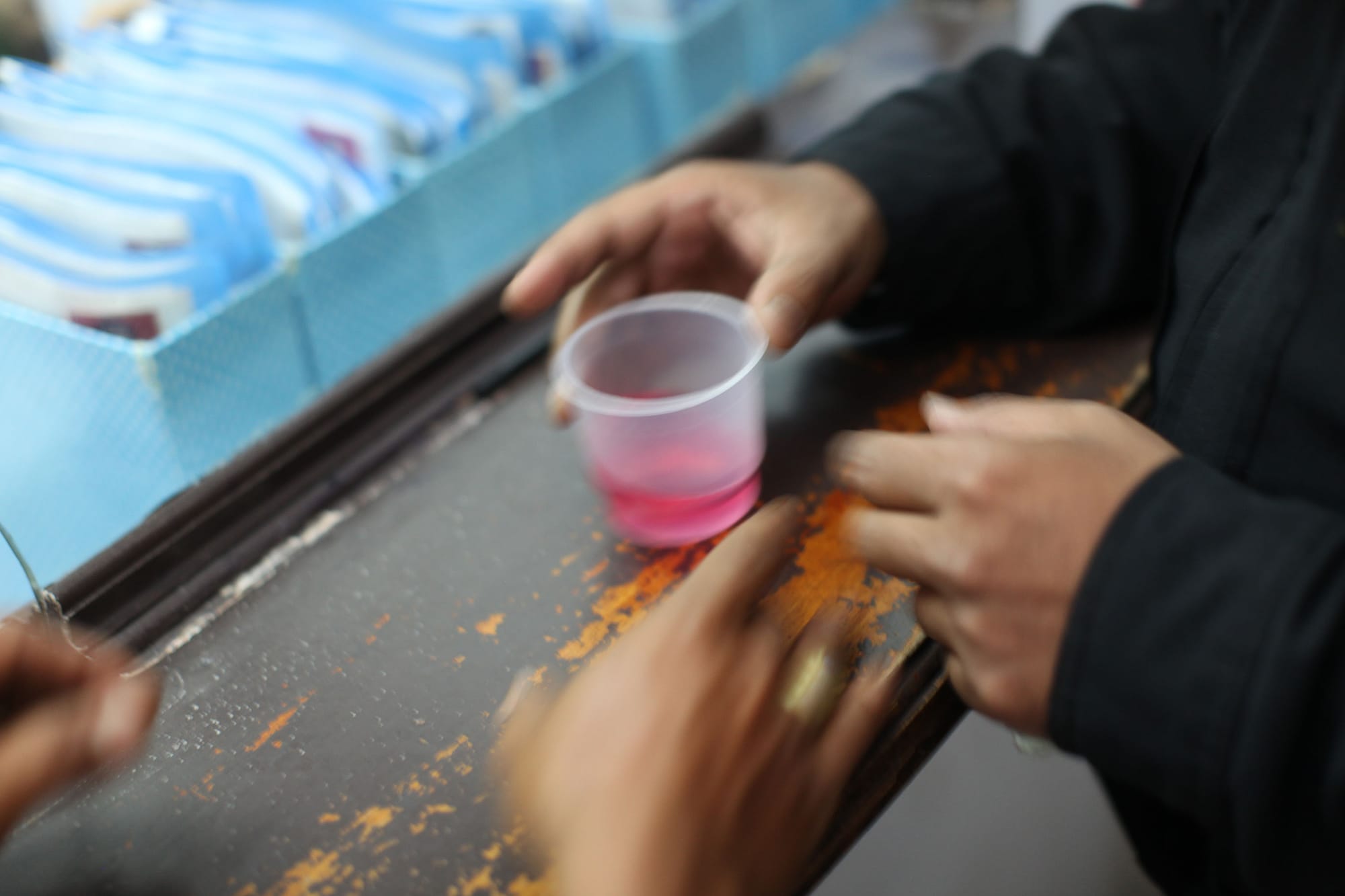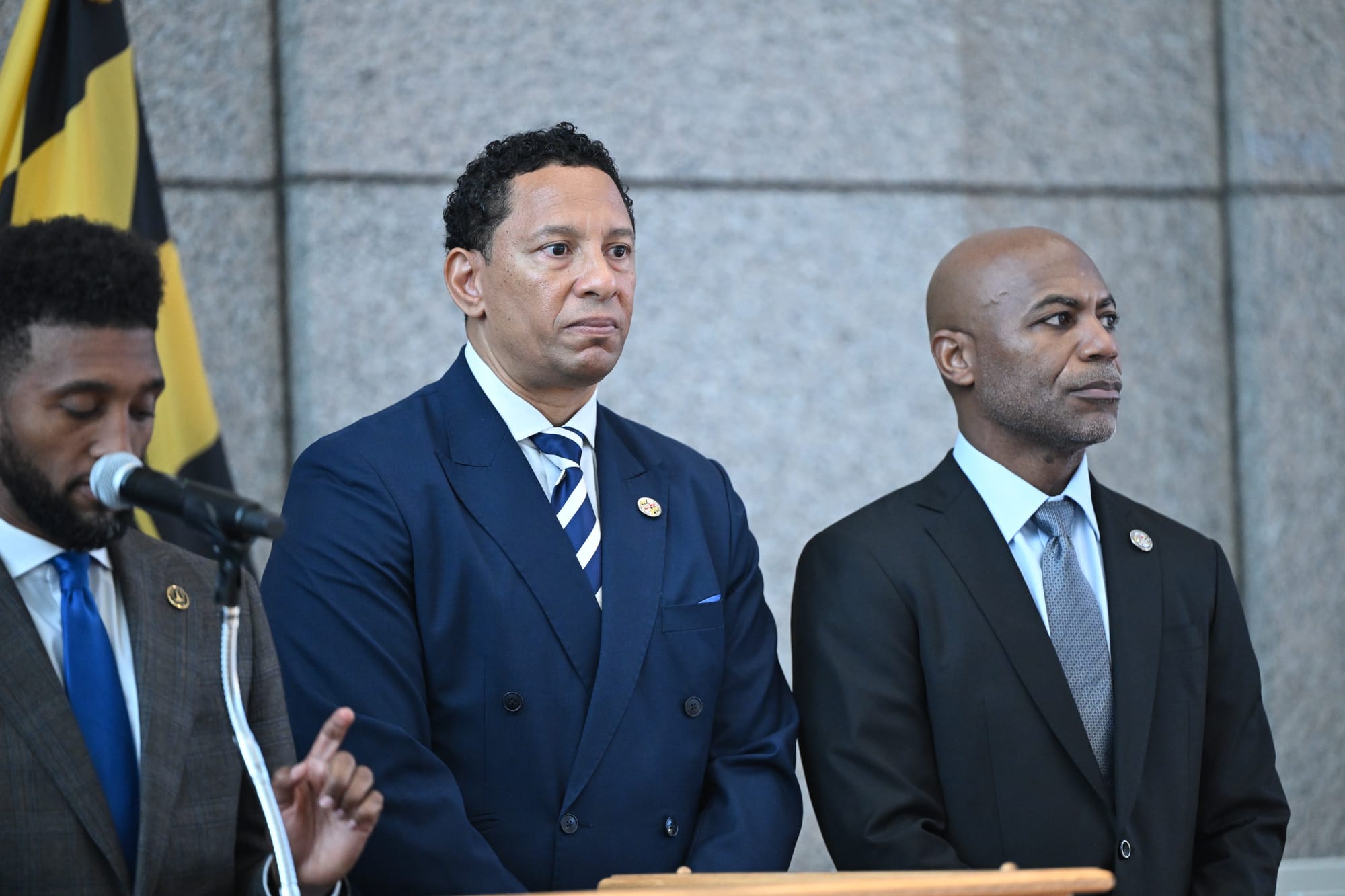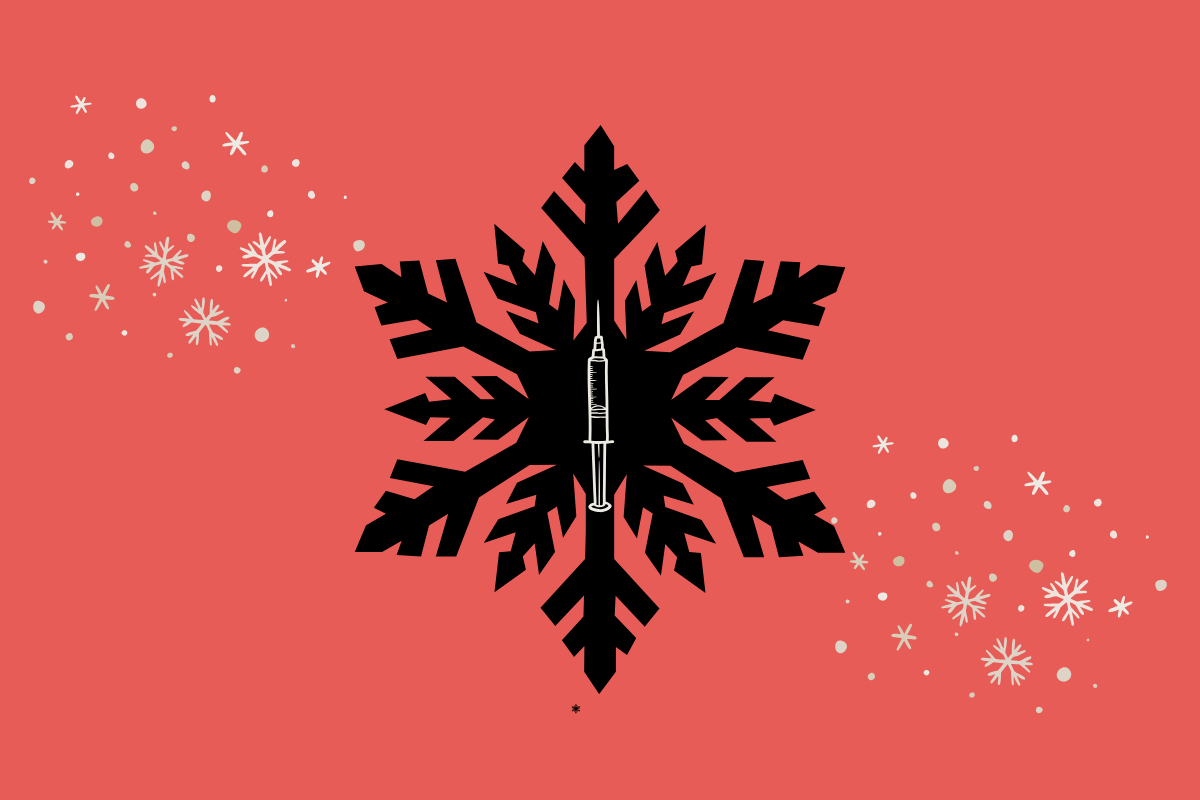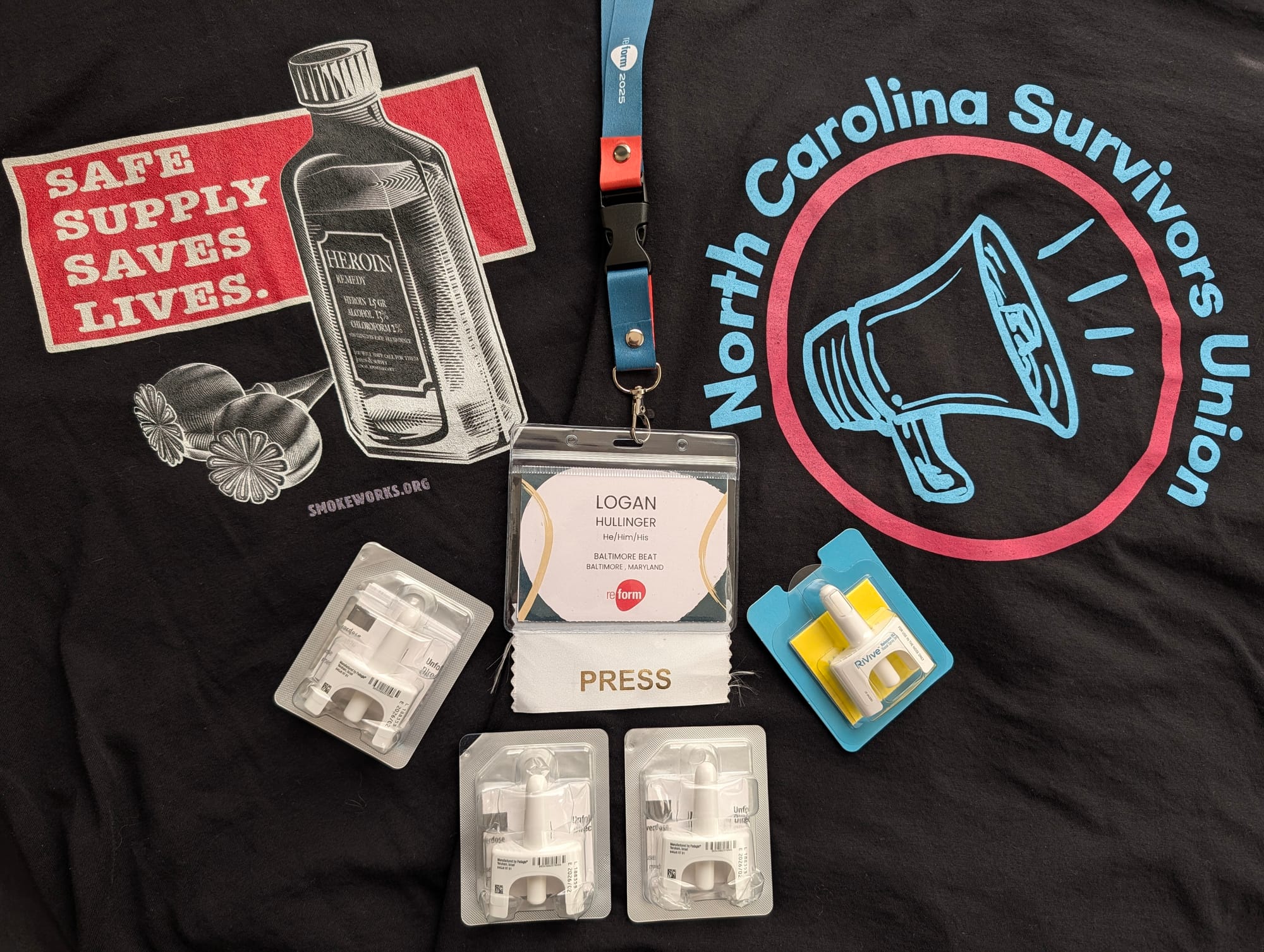
Methadone clinics in Baltimore often get the boogeyman treatment. They play an integral role in harm reduction and treatment, yet elected officials and residents frequently characterize them as nuisances preying upon vulnerable neighborhoods.
That was again the case on Monday, when the Baltimore City Council considered a package of bills that proponents say would facilitate the building of additional housing and help rehabilitate the city's sea of vacant properties. During consideration of removing off-street parking requirements, Councilman James Torrence introduced an amendment to carve out an exemption for methadone clinics, also known as Opioid Treatment Programs, and residential treatment facilities. It was just the latest attack on clinics, which provide life-saving medication for opioid use disorder.
"I have someone who is using a predatory business on Pennsylvania Avenue, who has a methadone clinic, who says if this bill passes, he can open up two more facilities in my district," Torrence said.
"Too long have Black people given things, given things and given things because zoning [laws] do not have a racially progressive stance in terms of identifying that my brown skin matters; my property value matters."
Torrence's amendment failed, and the legislation was passed in an 8-6 vote.
As the bills head to a final vote next week, however, his comments represent a deeper issue: The widespread stigma about methadone. It has raged on for decades, and much of the opposition to clinics has come from those with the "never in my backyard," or NIMBY, mindset.
The pushback runs contrary to a widespread consensus among public health experts, who have recognized it as an incredibly effective medication for OUD since it first began being prescribed for that purpose in the 1960s.
It is a full opioid agonist, unlike buprenorphine, and research shows that it significantly improves health outcomes, regardless of whether the patient seeks counseling. It has also been found to reduce fatal overdoses, which disproportionately impact Black Baltimoreans.
“A comprehensive Cochrane review in 2009 compared methadone-based treatment (methadone plus psychosocial treatment) to placebo with psychosocial treatment and found that methadone treatment was effective in reducing opioid use, opioid use-associated transmission of infectious disease, and crime,” according to the National Institute on Drug Abuse.
There's no doubt that there are bad actors in the world of substance use treatment, but clinics that dispense the medication are a vital part of the city's harm reduction and treatment infrastructure.
Those who take it already face an uphill battle. Federal regulations prevent methadone from being picked up at a pharmacy, forcing patients to jump through hoops and visit brick-and-mortar facilities to receive their doses. And, despite take-home doses becoming more common during the COVID-19 pandemic, barriers to access remain aplenty.
So, if someone has a problem with methadone clinics, they should be advocating for drug policy reforms that would make the medication easier to access.
Instead, many in Baltimore have ranted about property values as thousands have died at the hands of the overdose crisis.
The twisted proposal to target methadone clinics — and deny people care — under the guise of neighborhood improvement is nothing new. This same issue arose last year, when residents near a prospective clinic in West Baltimore waged a battle to block its opening.
That pushback failed, and it was able to open its doors.
Yet the fact that methadone clinics have remained a target is ironic not only because fatal overdose rates are so high in Baltimore, particularly in Torrence's district, but also because he and some of his colleagues have been consistent in their defense of drug users and others impacted by the overdose crisis.
Just last week, Torrence and Councilman Mark Conway brawled via social media after Conway announced his congressional bid to oust U.S. Rep. Kweisi Mfume in Baltimore's Penn North neighborhood. The area has seen a string of mass overdose events in recent months.
"Addiction is a disease, not a moral failing," Torrence said. "Persons affected by these tragedies deserve compassion, care and dignity, not exploitation. As public servants, our duty is to lead with integrity and to heal, not to use pain for political gain."
Now that we've acknowledged their right to compassion, care and dignity, don't they also deserve the right to life-saving medication?
The methadone clinic debate is a microcosm of the widespread stigma about drug users, held even by those who speak publicly about the need to save their lives. That stigma has fueled draconian drug policy in the city for decades, which is why the Baltimore Police Department can run roughshod over drug users without pushback from elected officials.
At the crux of the issue is that council members' opposition to these clinics, arising in tandem with implicit and explicit support for heavy-handed police tactics, stems from the dehumanization of those who use drugs.
This plague is embodied by those subscribing to the “not in my backyard,” or NIMBY, worldview. They oppose clinics not because they directly hurt them, but because the patients make them uncomfortable. They don't view them as equals.
Baltimore may have to choose between residents lining up for medication and corpses lying on the sidewalk because of preventable overdoses. For any decent human being, that should be an easy decision.

Last week's newsletter: "Capitalizing on a crisis: Mark Conway's bid for Congress"
When Councilman Mark Conway first pushed for the Baltimore City Council to hold public hearings on the city's unprecedented overdose crisis last year, it seemed like a venerable cause.
At the time, Mayor Brandon Scott's administration had largely refrained from talking about the public health catastrophe as people continued to die, citing ongoing litigation against opioid manufacturers and distributors. On two occasions, it successfully pressured council members to cancel hearings, prompting harm reductionists to protest outside City Hall. As a public spat between the mayor and councilman unfolded, however, it turned out they had more in common than they thought: They both proclaimed to recognize the importance of harm reduction and compassionate care for drug users, but they also wanted the police to continue cracking down.
Conway, chair of the Public Safety Committee, had made an inherently flawed response to the overdose crisis a priority — and he used it to propel his bid for U.S. Congress.
Read the full newsletter here.
Mobtown Redux's Overdose Data has been updated with the latest local, state and national data
There were 778 overdose deaths in Baltimore in 2024, a 25.4% decrease from the year prior, according to preliminary data.
In the 12-month period ending in September, Baltimore saw 536 deaths, a death rate of 91.5 per 100,000 people. Statewide, there were 1,296 deaths, a death rate of 21 per 100,000 people.
The data indicates that fatal overdoses continue to trend downward after years of climbing, though poor Black neighborhoods in West Baltimore continue to suffer the most.
Check out Mobtown Redux's Overdose Data Dashboard here.
Click here to learn more about harm reduction resources in the Baltimore area.
Filter: "Is Venezuela Regime Change a Goal of Trump’s Drug-War Strikes?"
On October 4, President Donald Trump addressed the United States Navy, praising its role in blowing up yet another Caribbean boat, killing all four people on board. The administration is following new precedent, in that we know nothing of their identities and are expected to just believe “Secretary of War” Pete Hegseth’s claim that they were “narco-terrorists” ferrying drugs.
A total of 21 people have now been killed by a series of at least four US strikes since September 2. The first purportedly targeted members of the Venezuelan gang Tren de Aragua, while the latest was carried out near the Venezuelan coast (though Colombian President Gustavo Petro has said the boat was carrying Colombian citizens). Venezuela is not a major source of drugs arriving in the US; most cocaine originates in Colombia and passes through Mexico.
Nevertheless, Trump boasted of the military’s latest maritime triumph.
Click here to read the full article.









Comments